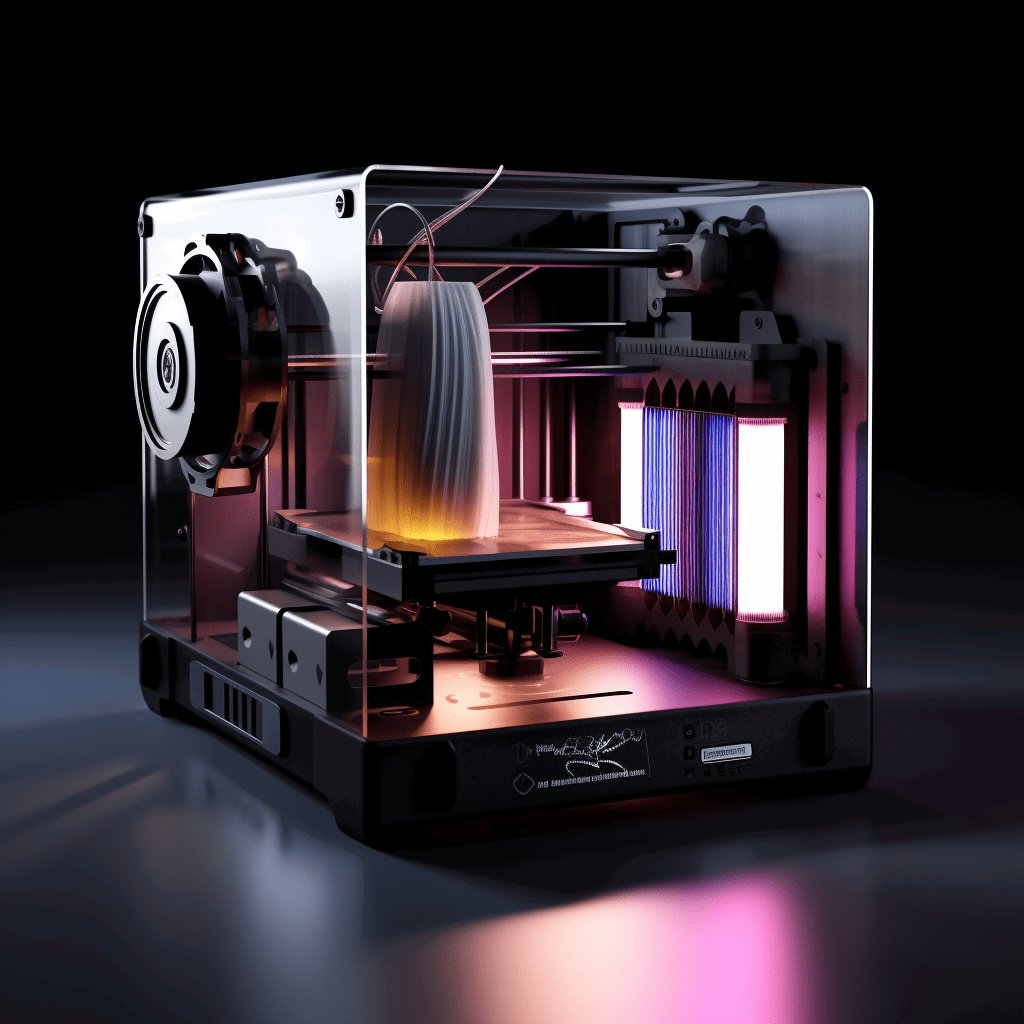The Energy Consumption Of 3D Printers

The impact of 3D printing technology on the environment has raised concerns regarding its electricity consumption. This article aims to examine the energy usage of 3D printers and evaluate their true effects on our energy resources. Despite its advantages, there are questions about how much power these printers consume.
Energy Consumption during Printing
3D printers consume electricity for two main purposes, heating and melting the filament material, as well as powering the motors that move the print head. The exact amount of electricity consumed during printing depends on factors such as printer size, model complexity, and printing speed. For instance, desktop 3D printers typically use an average of 50 to 300 watts while in operation. On the other hand, industrial 3D printers may require several kilowatts.
Duration of Printing
The time required for 3D printing an object depends on its size and complexity. Smaller, less intricate prints can be completed in less time, which reduces electricity consumption. However, larger and more complex objects will require a longer print time, leading to increased energy consumption.
Standby Power Consumption
When a 3D printer is not printing, it typically stays in standby mode. The power consumed during this time can vary from a few watts to tens of watts, depending on the specific features and functionalities of the printer. To minimize energy usage, it is recommended that users turn off the printer when it's not being used.
Material Selection
The choice of filament material in 3D printing can have an impact on the energy consumption involved. Specific materials may necessitate higher temperatures during the printing process, which ultimately leads to greater electricity usage. It is possible to control by selecting energy-efficient materials and optimizing print settings accordingly.
To Wrap It Up
The energy consumption of 3D printers is often a concern, but it's important to note that the overall impact may not be as significant as initially perceived. Responsible and efficient use of 3D printing can offer a sustainable alternative to conventional manufacturing methods. By being knowledgeable about energy-efficient printing techniques and opting for eco-friendly materials, we have the opportunity to leverage the capabilities of 3D printing while also reducing its environmental impact.

Horizon Brings The Power Or Micro-AM To The Production Of ESD Sensitive Parts

MTC Launches Sustainable Additive Manufacturing Hub





